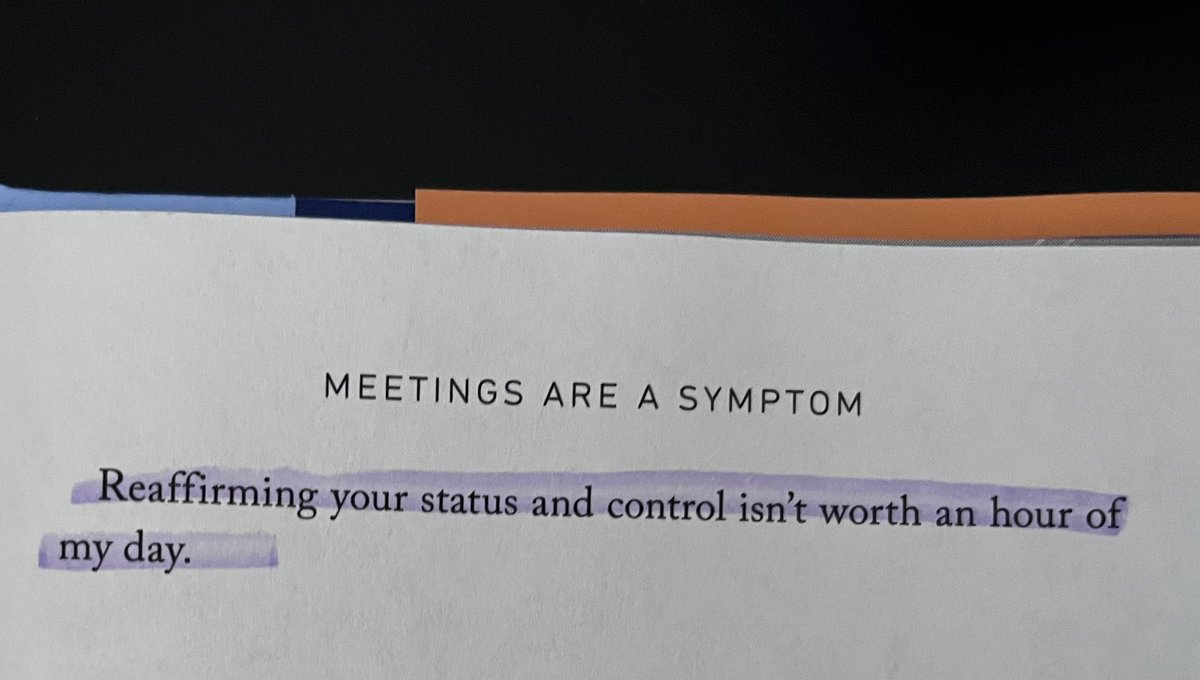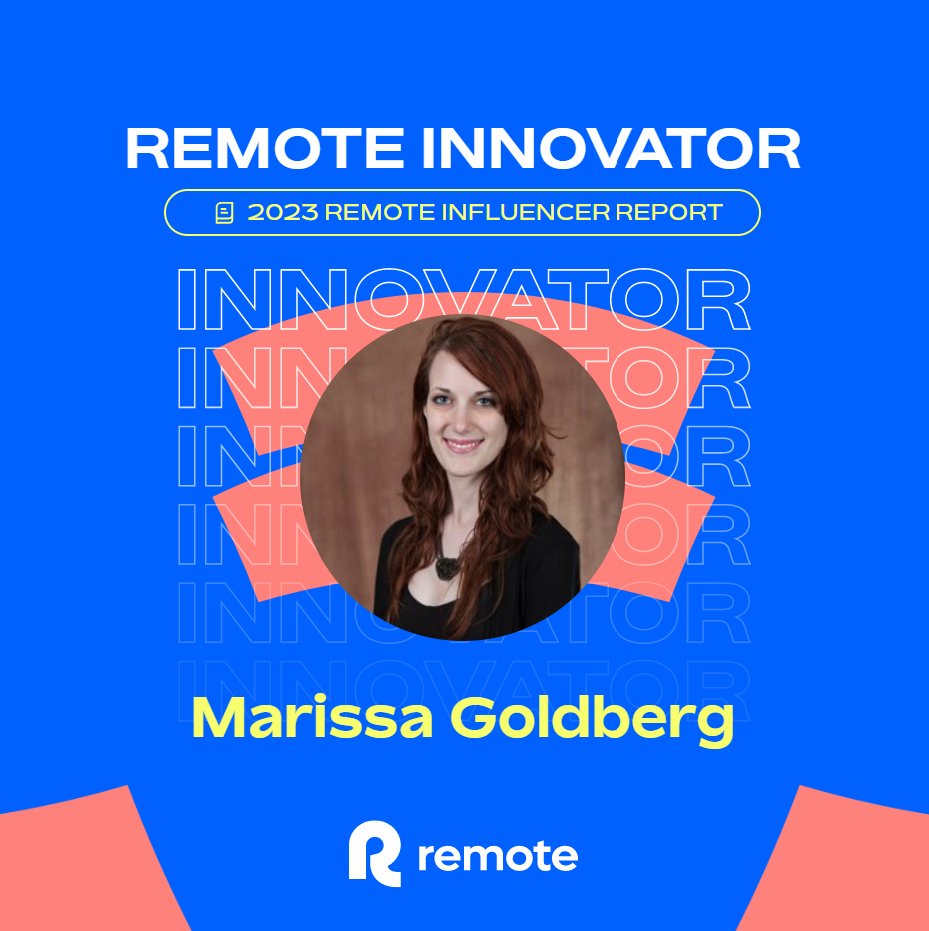Standups are outdated. Do this instead...
Hey there, We're back after a 3-month hiatus. Hope you are well and apologies for my absence! While the media has been busy proclaiming "remote work is dead", my business has been growing like crazy. Haven't had a single free moment to write over these last couple of months 😅
Today, I'm back with the much-requested topic of why standups are outdated. This is a two-part issue. First, we'll discuss why standups suck and what you can do instead. Then, in the next issue, I'll dive into one of the specific async approaches I use with the companies I work with. Let's get started...
When I ask people about their experience with daily standups, the most common answers are:
When the majority negatively respond to such a prevalent activity, it's no longer possible to look past the dust and decay. What was once a useful tool has now become just another dreaded meeting. The standard daily standup is outdated and ineffective, but where do we go from here?
TLDR below 👇 | Read this on the web | Subscribe
History
Daily standups started in 1993 and were popularized via the Agile Manifesto in 2001. In the last 30 years, the technology sector exploded, the workforce globalized, and remote work took off like a rocket ship. Yet, despite so many changes, daily standups have remained stubbornly the same.
This has caused what was once a useful mechanism to turn into a hated tool that regularly goes on too long, occurs too frequently, and includes people who shouldn't be there. It's become something that wastes everyone's time with no benefit.
This is largely due to the fact that standups were designed based on the 6th Agile principle, "Face-to-face conversation is the best form of communication." While this may have been true 30 years ago, technology has come a long way since then. This method was designed for a time of in-person office work where virtual communications involved beepers and dial-up internet.
The Agile creators who wrote that principle were not thinking of face-to-face conversations as Zoom calls. They didn't know about messaging tools like Slack or collaborative documentation like Google Docs. The possibility of teams spread across multiple time zones never occurred to them. Problems like Zoom fatigue and meeting overload weren't on their radar. The way we work, the tools we have available, and the issues we are attempting to solve are entirely different today.
When we use outdated methods to solve today's problems, we work against ourselves, which impedes all progress. And, as we know, anytime we attempt to replicate what worked in the office remotely, we end up degrading the remote work experience and decreasing productivity. It's a different medium that requires a different approach.
Why Daily Standups Are Ineffective
People for daily standups will say they are great for everything from status updates, blocker resolution, team alignment, and socialization. I argue this is way too much to handle effectively in what's supposed to be a 15-minute meeting. Also, the notion that a synchronous meeting is the best method to cover most of those items is ill-conceived.
If we go back to best practices, we know synchronous is best used for speed and relationship-building.
Speed because you can get an answer instantly since everyone is there and available. Connection because people connect best when they're creating experiences together. Everything else is typically best done asynchronously.
So let's break down the purpose of daily standups to see where it fits in with best practices for our new ways of work:
- Status updates - This is information sharing which is best done async so there is an automatic log, information is clearly communicated, and it gives team members the flexibility to catch up in their own time.
- Blocker resolution - This one is tricky. You could argue that there is a need for speed for blocker resolution (which would be best done synchronously). However, if your team needs this daily, there are bigger issues at play.
- Team alignment - Another area best done async, which creates space for well-thought replies and resources to reference. Did you know only 30% of adults pick up on things best verbally? While synchronous might be best for addressing significant conflicts, async practices are best for everyday team alignment.
- Socialization - While this is typically best done synchronously, the time limit, forced nature, and work focus of daily standups make them far less effective than other options.
Daily standups are ineffective for remote teams because they use the wrong communication method for their purpose. All the common issues people experience with them, from the call going on too long to including people that shouldn't be there to wasting everyone's time, all stem back to this root problem.
Proponents of the Agile methodology will argue they're only ineffective without best practices. But even with best practices, daily standups are still not the best method and weren't designed for today's work.
When I recently posted my thoughts on standups, it spoke volumes to me that the people defending them in the comments were primarily people running them (not attendees). Makes you wonder, who are daily standups really serving?
Alternatives
If daily standups aren't the answer, what is? Unfortunately, there's no one-size-fits-all solution, so it depends on the team. To start, ask your team what they like and dislike about your current standups. The best people to tell you how to fix it are the ones dealing with it.
Once you have feedback, consider experimenting in one of these three areas:
- Move parts of the standup async - If switching completely to async standups is too daunting, consider just switching the part where everyone provides their update. Then, you can instead use the synchronous time to address blockers and connect with the team.
- Reduce the frequency - Do you really need to meet daily? Unless you're in a micromanagement culture, meeting daily is probably unnecessary. Consider trying out reducing the frequency to once or twice a week. A small change like switching to Tuesday/Thursday standups eliminates 60% of the standup meetings from your team's calendar. That adds up to a significant chunk of time over a year. Consider whether this time is actually best spent on a standup call.
- Change it up as needed - What works for one project won't work for the next one. What worked for the original team might not be best for a team of new hires. As your team and work shift over time, it's important to regularly evaluate whether your approach is still working. Change is the only constant in life. Instead of getting stuck in a rut of one way of work, ride the tides of change and adjust as needed.
In our next issue, I'll dive into one of the alternatives that has been quite successful with a number of my client companies. However, it's important to start with what's mentioned above first to ease your team into the idea of changing something that has been stagnant for so long.
Conclusion
Saying daily standups are outdated now doesn't mean they were never useful. This analysis isn't to say whether they ever worked, just that they clearly aren't working anymore.
As dissatisfaction grows and more participants resort to tuning out during standups, the meeting's effectiveness will only continue to diminish. Standup organizers need to step up and stop ignoring the growing resentment from participants. It's time to acknowledge work has changed. We can no longer accept bad defaults as our norm.
TLDR
Daily standups are outdated and ineffective. They regularly:
• Go on too long
• Are too frequent
• Include people that shouldn't be there
• End up wasting everyone's time with no benefit.
It's time to acknowledge work has changed.
Quote of the Week
|
In Other News
Friday Notes Keep Us on the Same Page
"As the company grows, it is important to create scalable (1-to-many) opportunities for people to get to know the company’s leaders better."
"Friday Notes are straightforward messages meant to give employees a clearer view into what’s going on in the CEO’s mind and how he’s thinking about the state of the company."
We Don't Do That Here
"Setting culture is hard. It is hard when you are officially the boss or the leader. It is hard when you are just another person on the team trying to create an environment that welcomes all types of people. Setting boundaries for acceptable behavior can be scary, and it can have both personal and professional consequences."
Fathers Gained Family Time in the Pandemic. Many Don’t Want to Give It Back.
"Ryan McCarty, the Cincinnati branch director for the employment agency Robert Half, was away from home for 13 hours a day before the pandemic, including evening events and his 45-minute commute. Now he works from home, which he said has enabled him to be there for his two toddlers for meals, doctor visits and milestones. One took his first steps in the middle of a weekday morning. Mr. McCarty is there in a video of it, in a button-down shirt and sweatpants, having run out from his home office to witness it."
In Case You Missed It
|
|
|
Read this to transform your remote work experience
The Remotely Interesting newsletter is now two years old. With 35 articles to choose from, it might be hard to find what you're looking for. Check out our last issue for my specific recommendations targeting common remote work concerns.
Behind the Scenes
Interviewed on one of my favorite author's podcasts. Let me know your thoughts:
|
Named one of the top 50 remote work innovators:
|
What did you think of this issue? What do you hope you'll see in the next one? Feel free to reply to this message or DM me on Twitter @mar15sa.
I truly appreciate you taking the time to read this. Hope you have a lovely day!
Marissa
Founder, Remote Work Prep
P.S.
- Struggling with a remote work problem? Book a coaching call.
- If you liked this, consider supporting this free newsletter by sharing this issue.
- Also, don't forget to check out my new recurring meetings template!
Remotely Interesting
9-5, Monday-Friday, in-person office work are all relics of the past. Let's revolutionize how you live by changing how you work.
Hey there, Happy New Year, and long time no see! You last heard from me in August. Since then, I have been deep in the work. In March 2025, I launched Idea Kitchen (simple recipes for using AI) as a fun side project. I kept noticing the same gap: lots of AI takes, not many real non-coding use cases that actually help in day-to-day work and life. I figured it could be useful to share what I was trying personally, and what the remote teams I work with were doing in the wild. Turns out, a lot of...
Hey there, This week, I'm sharing a quick recap of my favorite lessons, reads, and shares of the month. We'll be back to the usual articles next week. If you came across anything great this month (whether it’s a book, podcast, or insight) I’d love to hear about it! Just hit reply and share what you loved. PS: Join me next week for our monthly, Cooking with AI (Live!) event to catch up on the latest AI features and see how to actually put them to use. See you there! July 2025 Recap Read this...
If it feels like your team keeps revisiting the same conversations… you’re not alone. Maybe someone asks, “Wait—are we still planning to redesign onboarding this quarter?” Another chimes in, “I thought we were doing the sample data thing first?” Then someone drops a six-week-old Slack thread with four conflicting opinions and no clear final call. I’ve seen this exact conversation play out in almost every remote product team I’ve worked with. It’s not a communication problem. It’s a memory...




